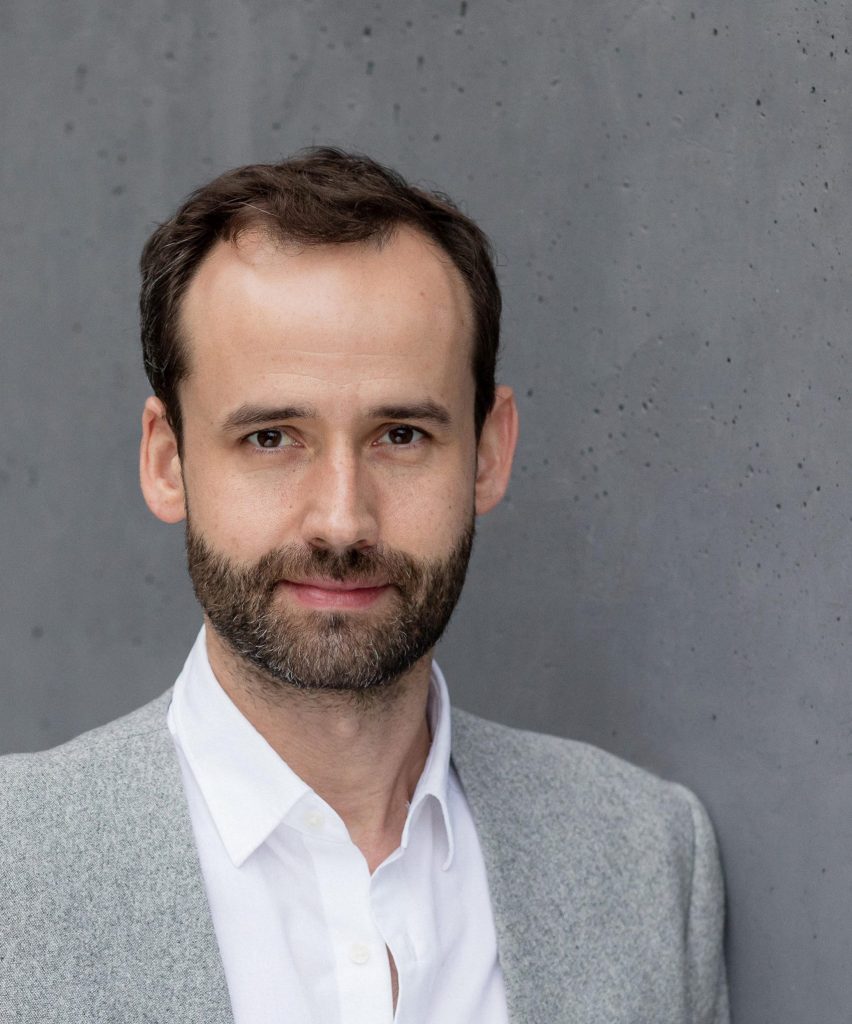אדר׳ רוני שולר
הפקולטה לארכיטקטורה ואורבניזם, באוהאוס ויימאר
הצעת המחקר
The Missing Link: Arieh Sharon, Hans Maria Wingler and the 1976 Exhibition “Kibbutz+Bauhaus” in Berlin
In 1976, the publication of Arieh Sharon’s professional autobiography “Kibbutz+Bauhaus” laid the foundation of an Israeli Bauhaus reception. While the book was largely ignored by the Israeli public at the time, it triggered a process that promoted academic research on architectural Modernism in Israel as well as the preservation and renovation of the architectural heritage of the Mandate era. On the other hand, it established a problematic narrative by focussing on the Bauhaus as the main source of inspiration for architectural Modernism in Jewish Palestine. Ever since, scholarly research provides countless studies on the diverse sources of an international “Transfer of Modernity” to the architecture of the New Yishuv. However, the popular image of a “Bauhaus in Israel” for decades marginalized outstanding architects, who graduated from other architecture schools.
My research focusses on a chapter that has been ignored so far by academic research on Arieh Sharon and his professional autobiography: I explores the initial impulse that led to its publication in 1976: The friendship between Arieh Sharon and Hans Maria Wingler and their project for the “Kibbutz+Bauhaus” exhibition.
Hans Maria Wingler (Konstanz 1920–1984 West-Berlin) was a German art historian who served from 1960 as founding director of the Bauhaus Archive in Darmstadt and later in West-Berlin. He also wrote the first comprehensive Bauhaus monograph, published in 1962. Together with Walter Gropius, he created the largest collection of Bauhaus archival material and initiated pivotal research projects and exhibitions. One of them was “Kibbutz+Bauhaus”.
While Arieh Sharon and his book are widely, thoroughly and critically discussed, the exhibition, the accompanying catalogue and Wingler’s role in the project have never been analyzed. My work at the Azrieli Architectural Archive discusses a key question: Was the Bauhaus reception in Israel and its subsequent popularization motivated intrinsically? Or was it much rather induced extrinsically by the German interest in Jewish-Israeli architectural Modernism against the backdrop of the Holocaust?
